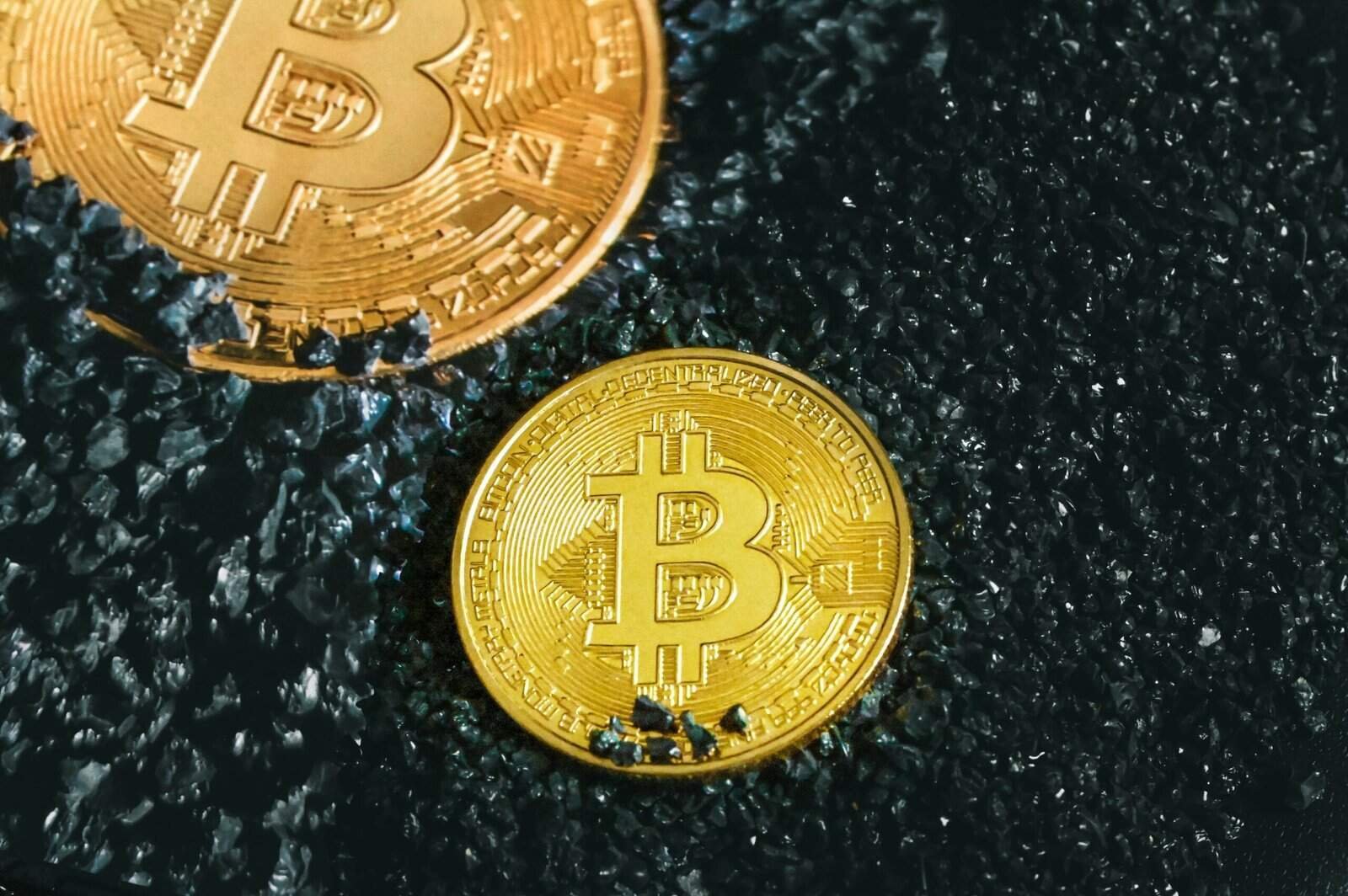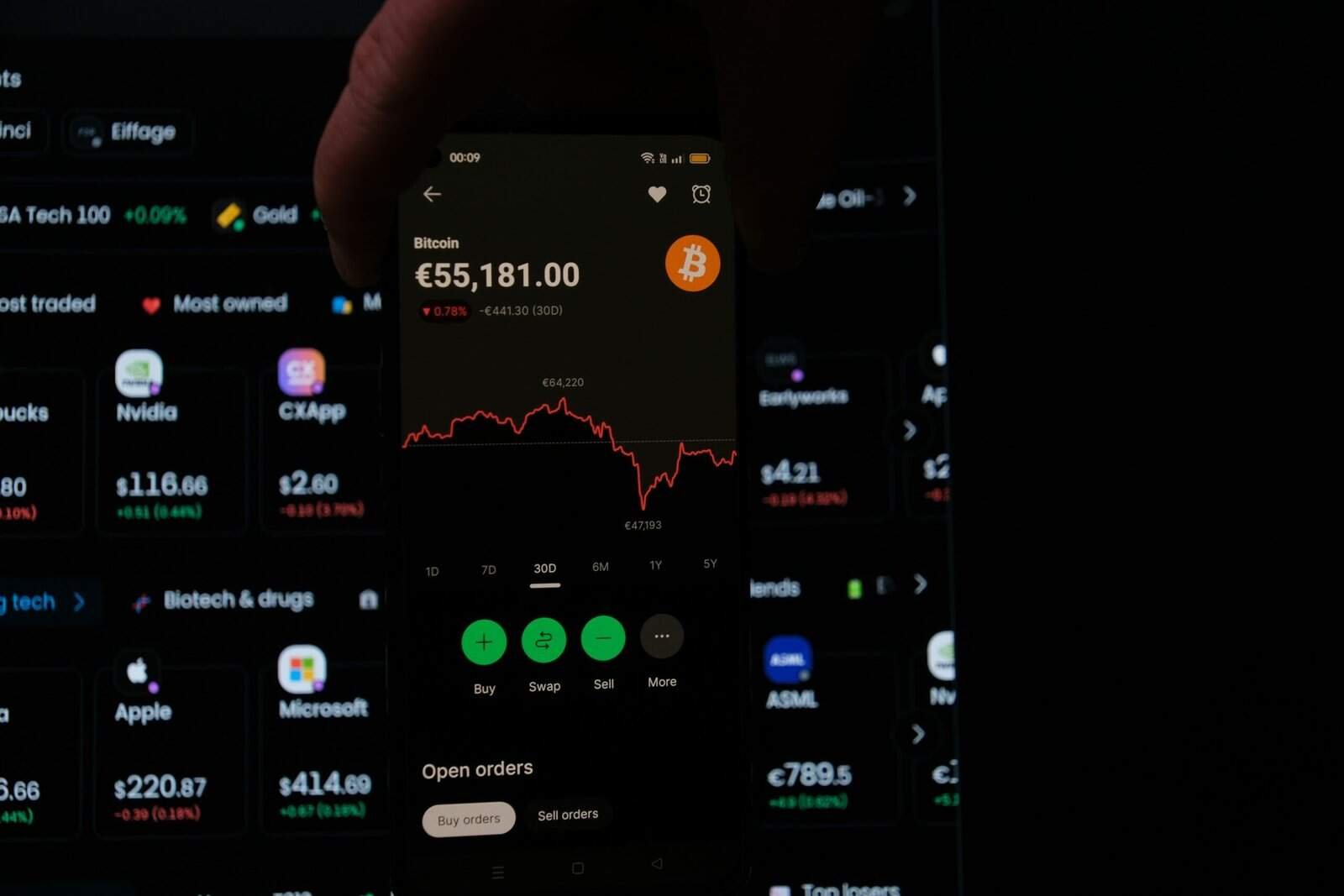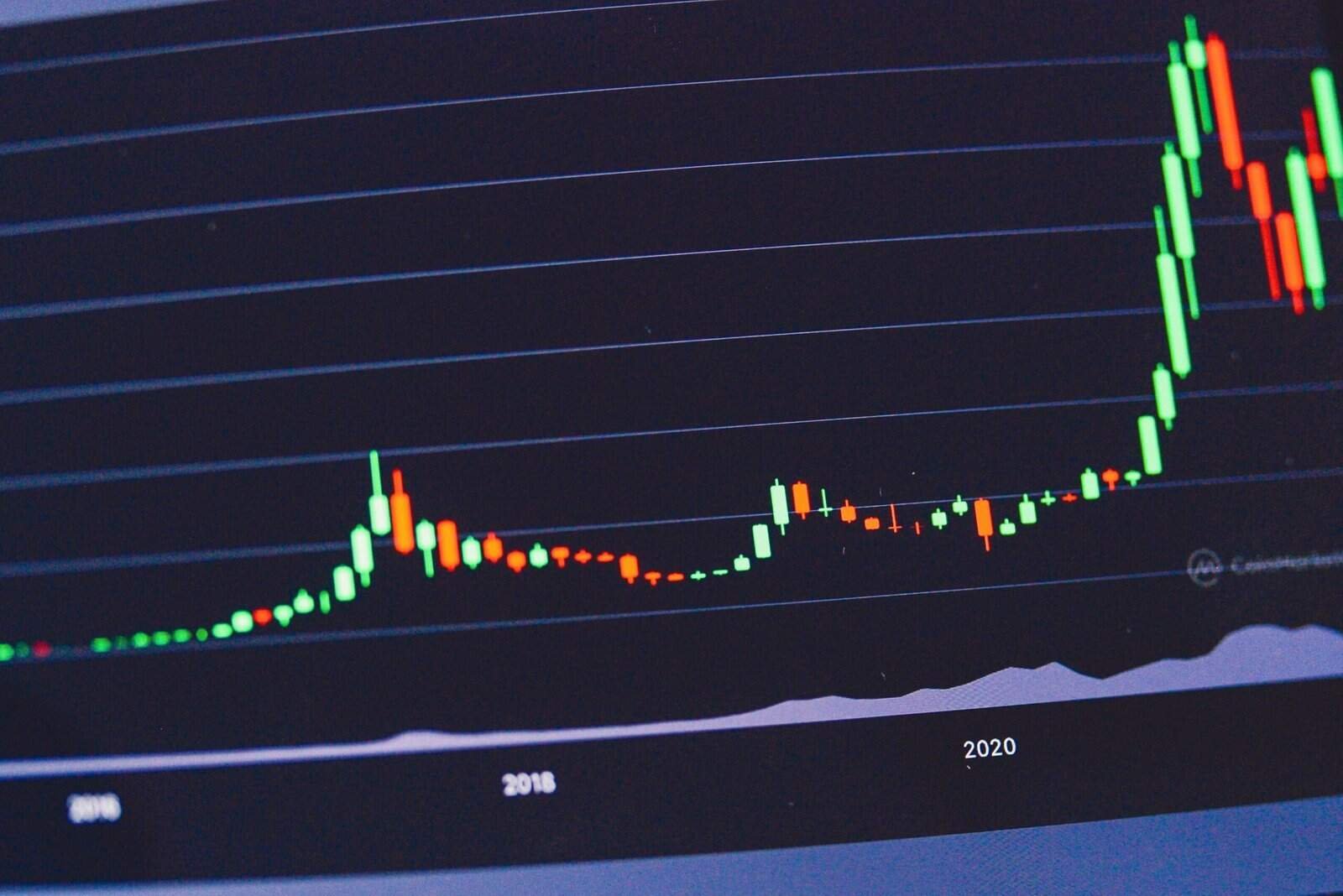Which crypto exchange will give you the edge for day trading in 2025?

What’s The Best Crypto Exchange For Day Trading In 2025?
You want an exchange that gives you low latency, tight spreads, deep liquidity, robust order types, and strong security — all while fitting your jurisdiction and risk tolerance. This article guides you through the key criteria, compares leading exchanges, explains technical and practical features that matter for day trading, and helps you pick the best platform for your style.
Why selecting the right exchange matters for day trading
Your choice of exchange affects trade execution speed, transaction costs, available markets, leverage, and how reliably you can enter and exit positions under stress. Small differences in fees, spread, or execution latency compound when you trade many times per day. You’ll also be impacted by regulatory constraints and the exchange’s reliability during high volatility.
How to use this guide
This piece gives you a framework to compare exchanges, explains the technical and non-technical factors that matter, and highlights top contenders for 2025. Use the checklists and tables to match an exchange to your strategy. Read the risk and tax sections carefully so you won’t be surprised by regulatory or accounting issues.
Key criteria to evaluate for day trading
You should evaluate exchanges across multiple dimensions. Each matters differently depending on whether you day trade spot, margin, or derivatives.
Liquidity and market depth
You need deep order books and tight spreads so you can enter and exit without significant slippage. Look at 24-hour volume for the trading pairs you use, not just exchange-wide figures. Higher liquidity gives you more predictable execution.
Fees (maker, taker, funding, and hidden costs)
Fees directly reduce your edge. Maker fees reward you for adding liquidity; taker fees are charged when you remove liquidity. If you scalping or executing many small trades, taker fees and spread matter most. Also evaluate funding rates for perpetual futures, withdrawal fees, and any hidden costs such as poor routing that increases effective spread.
Order types and execution features
Advanced order types (limit, market, stop-limit, stop-market, trailing stop, iceberg, TWAP/VWAP) help you automate and protect trades. Check whether an exchange supports post-only and fill-or-kill to manage slippage and whether it provides conditional orders and OCO (one-cancels-other).
Speed, latency, and matching engine performance
If you run algorithmic strategies or frequently trade during news events, latency and server stability matter. Exchanges with colocated servers or low-latency APIs will give you an edge. The matching engine’s resilience under load reduces the risk of outages in volatile markets.
Security and custody
You should assess cold storage policies, insurance reserves, two-factor authentication options, withdrawal whitelists, withdrawal limits, and history of security incidents. An exchange with strong custody and clear insurance coverage reduces counterparty risk.
Regulatory compliance and jurisdiction
Regulatory risk can impact whether your account stays open or whether certain products are offered. If you’re a U.S. resident, you’ll face different constraints (e.g., leverage caps, restricted coins) than non-U.S. users. Know the exchange’s regulatory status and KYC requirements.
Derivatives and leverage availability
If you trade perpetuals or futures, check maximum leverage, risk controls, margin requirements, and insurance fund practices. Exchanges differ in how they handle liquidations, partial liquidations, and auto-deleveraging.
API and automation support
A robust, well-documented API with websockets for market data and low-latency REST endpoints for order placement is essential for algorithmic traders. Check rate limits, IP allowance, and real-time error handling.
Fiat on-ramps, payment options, and withdrawal speed
Fast fiat deposits/withdrawals and multiple payment rails (bank transfer, card, stablecoins) matter for capital management. Delays in fiat can force you to miss opportunities or hold positions longer than planned.
User interface and mobile experience
A clean desktop UI with advanced charting, hotkeys, and quick order entry helps manual day traders. Mobile apps are useful for monitoring positions and reacting. Ensure the UI doesn’t introduce mouse-click friction.
Customer support and dispute resolution
When order issues arise, you want responsive support. Look for 24/7 live chat, a responsive ticketing system, and documented SLA performance. Community feedback on social channels can give you clues about support quality.

Comparing top exchanges for day trading in 2025
Below is a concise comparison of leading centralized exchanges and notable alternatives, focusing on attributes that matter for day trading. Categories are qualitative to reflect what matters practically.
| Exchange | Liquidity | Fees (Spot/Futures) | Leverage | Order Types & API | Security & Regulation | Best for |
|---|---|---|---|---|---|---|
| Binance (Global) | Very High | Low maker/taker; competitive futures | Up to 125x on some pairs (varies) | Advanced orders, excellent API | Strong security history, regulatory scrutiny in some regions | Global traders wanting liquidity and features |
| Coinbase Advanced (US-focused) | High (USD pairs) | Mid-high spot fees; low taker for advanced | Limited leverage for US users | Clean UI, robust API, regulated custody | High regulatory compliance, strong reputation | US traders wanting regulatory safety |
| Kraken | High (USD/EUR) | Mid fees, competitive futures fees | Up to 50x (varies) | Good API, margin & futures | Regulated in multiple jurisdictions, strong security | Regulated traders needing margin |
| Bybit | High (derivatives) | Low futures fees, competitive maker rebates | Up to 100x | Strong derivatives API, advanced order types | Good security, expanding regulation | Derivatives-focused day traders |
| OKX | High | Low futures fees | High leverage options | Advanced API and order types | Global presence, regulatory complexity | Diversified product traders |
| Bitstamp | Medium | Higher spot fees | Limited leverage | Simple API, reliable uptime | Established European regulatory compliance | Simple spot trading, fiat rails |
| KuCoin | Medium-High | Low fees | High leverage (varies) | Wide alt listings, API | Mixed regulatory reputation | Altcoin traders seeking many listings |
| dYdX (v4) | Medium | Onchain fees + protocol fees | Lending-based leverage | Decentralized orderbook, API | Non-custodial, on-chain settlement | Traders who prefer non-custodial derivatives |
| Uniswap / DEXs | Low-to-variable | No maker/taker; slippage + gas | No leverage (unless via Layer-2) | Permissionless trading, limited advanced orders | Non-custodial, smart contract risk | Spot traders for new tokens, liquidity providers |
Note: Fee and leverage numbers change frequently. Verify current terms on each exchange before funding accounts.
Detailed profiles and what they mean for you
Binance (Global)
Binance continues to be a dominant liquidity hub. You’ll find the widest variety of trading pairs, tight spreads on major pairs, and deep futures markets. If you want the broadest product set (spot, margin, futures, options, lending), Binance is hard to beat. However, regulatory uncertainty in certain countries and occasional policy changes can affect your access. You should ensure compliance with local laws and consider geographic variants like Binance US if you reside in the United States.
How this helps you: You get fast fills, many order types, and competitive fees — ideal if you trade many pairs and need deep books.
Coinbase Advanced / Coinbase (for U.S. users)
Coinbase offers regulated custody and strong compliance. As a U.S. resident, you’ll appreciate clear tax reporting, insured funds, and reliable fiat rails. Spot liquidity for USD pairs is good, but derivatives availability is limited for U.S. retail clients. Fees are slightly higher unless you qualify for rebates or tiered pricing.
How this helps you: You trade with regulatory certainty and strong fiat infrastructure, which matters for tax and institutional-style risk management.
Kraken
Kraken blends regulatory coverage, security, and margin/futures capabilities. You’ll get solid API support and a track record of stability. If you live in Europe or North America, Kraken offers a good balance between security and product depth.
How this helps you: Reliable for moderate leverage, good if you want support for fiat pairs and a stable platform.
Bybit and OKX (derivatives-focused)
Both exchanges have aggressively built derivatives feature sets with deep perpetual markets and competitive maker/taker fees. If your day trading strategy uses perpetual futures or high leverage, these platforms often deliver low slippage and attractive fee structures. They also offer advanced liquidation and risk management tools.
How this helps you: Optimal if your strategy depends on perpetuals and you need high leverage and derivatives liquidity.
KuCoin and alternative centralized platforms
If you trade obscure altcoins or want non-mainstream listings, KuCoin and similar exchanges list many tokens that major exchanges don’t. That comes with increased risk of illiquid markets and listing quality variance. Fees are often low, but you’ll face higher counterparty and regulatory risk.
How this helps you: Useful for speculative day trades on new tokens, but maintain strict risk controls.
Decentralized Exchanges (DEXs)
On-chain DEXs like Uniswap and concentrated liquidity AMMs can offer you first access to listings and permissionless trading. For day trading, you’ll face slippage, gas costs, and fewer advanced order types. Layer-2 DEXs and orderbook-based decentralized platforms (e.g., dYdX) are evolving and can offer competitive latency and lower fees.
How this helps you: Use DEXs for tokens unavailable centrally or if you prefer non-custodial setups. For high-frequency day trading, centralized venues usually remain superior.

Fee structures explained (so you can compare accurately)
Understanding fees helps you compute breakeven thresholds for your strategy.
Maker vs Taker fees
- Maker fee: paid when your order adds liquidity (sits on the order book). Often lower.
- Taker fee: paid when your order removes liquidity (fills immediately). Scalpers often pay taker fees.
If your strategy places many limit orders that execute over time, prioritize low maker fees. If you use market orders heavily, look for low taker fees.
Funding rates and long/short costs
Perpetual contracts have funding payments between longs and shorts. If you hold overnight, funding can swing P&L. Gauge typical funding rates for pairs you trade.
Hidden costs: spread and slippage
Even with low nominal fees, wide spreads and insufficient depth cause effective costs. Check order book depth at realistic trade sizes. Use a small test trade in stress periods to see real slippage.
Order types and execution features you should rely on
You’ll want a platform that supports the following order types consistently:
- Market and limit orders
- Stop-market and stop-limit orders
- Trailing stops
- OCO (one-cancels-other)
- Iceberg orders (for large-size execution)
- Fill-or-kill and immediate-or-cancel
- Post-only and reduce-only options for futures
Also confirm whether conditional orders are server-side (so they execute even if you’re offline) and whether the platform supports hotkeys and fast order confirmation.

API and algorithmic trading considerations
If you automate, check these API properties:
- Websocket support for live orderbook and trade streams
- Low-latency REST and order placement endpoints
- Generous rate limits and the ability to request higher limits
- Account state streaming (balances, positions) for accurate reconciliation
- Clear error codes and recovery behavior
- Sandbox/testnet support
If you plan to colocate or use VPS, know the exchange’s allowed IP ranges and whether it offers colocated access.
Latency and infrastructure best practices for you
Execution speed depends partly on your infrastructure. For lower latency:
- Co-locate or host near exchange data centers if your strategy is latency-sensitive.
- Use websockets for real-time data; avoid polling.
- Keep reconciliation routines to detect missed fills.
- Monitor for partial fills and order rejections.

Risk management tailored to day trading
You must manage position sizing, leverage, and mental discipline.
Position sizing and stop-loss discipline
Decide on a fixed risk percentage per trade (commonly 0.5–2% of capital). Use stop-losses to enforce that limit. Remember that in crypto, sudden gaps and liquidation cascades can exceed expected loss.
Leverage management
High leverage amplifies wins and losses. If you use leverage, prefer lower effective leverage and scale into positions. Understand how the exchange calculates initial and maintenance margin and how liquidations are handled.
Circuit breakers and outage preparation
You should know the exchange’s rules for maintenance, force closures, and emergency stops. Keep capital spread across two exchanges in case one has an outage during a market spike.
Security measures you should adopt
- Use hardware 2FA (e.g., YubiKey) where supported.
- Use separate, unique passwords and a password manager.
- Use withdrawal whitelists and set strict withdrawal limits.
- Prefer exchanges with cold storage and transparent audits.
- Keep minimal balances on exchanges: move funds not in active trading to cold or segregated custody.
Taxes and record-keeping
Crypto tax treatment varies by jurisdiction. For day trading:
- Maintain detailed trade logs: timestamps, pairs, sizes, prices, fees.
- Use exchange export and third-party tax tools to reconcile trades.
- Consider FIFO vs. other accounting elections as relevant locally.
- If you trade across multiple platforms, consolidate into a single reporting dataset.
Practical checklist to choose your exchange
- Do you need derivatives or only spot?
- What are your primary trading pairs?
- Are you a U.S.-based trader (or subject to another restrictive jurisdiction)?
- What is your target leverage?
- Do you plan to automate via API?
- How important is fiat on/off ramp?
- What’s your preferred fee model (maker-taker, subscription)?
- What security measures are non-negotiable?
Score each exchange on these items and prioritize the highest matches.
Example workflows for different day trading styles
Manual scalp trader (desktop focus)
You want a clean UI with fast screen-to-order flow, hotkeys, and one-click market and limit execution. Prioritize exchange liquidity and low taker fees. Keep hotkeys for immediate stops.
Algorithmic trader (API-driven)
You need a low-latency API, websockets, high rate limits, and sandbox testing. Prioritize exchanges with strong orderbook depth for your traded pairs and predictable behavior in high volatility.
Derivatives trader (perpetuals/futures)
You need robust risk controls, transparent insurance fund practice, predictable funding rates, and deep liquidity. Prioritize exchanges that deliver low slippage on futures and provide advanced margining (cross vs isolated).
How to test an exchange without risking big capital
- Start with small live trades to measure actual spreads and slippage.
- Use sandbox/testnet for algorithm testing whenever possible.
- Time deposit/withdrawal processes to avoid surprises with fiat rails.
- Simulate stress conditions by observing orderbook behavior during high volatility events.
Regulatory and geopolitical considerations for 2025
Regulatory landscapes evolve quickly. For 2025, expect:
- Tighter scrutiny in major markets; some exchanges may restrict products or users.
- Improved KYC and AML processes; prepare for more identity verification steps.
- Increased demand for transparency and audits; prefer exchanges with proven compliance.
If regulatory stability in your jurisdiction is priority, choose exchanges that openly publish legal and audit updates.
Recommendations: which exchange is best for your profile?
Below are guideline recommendations, not absolute statements. Choose the one that best fits your priorities.
If you want maximum liquidity and product breadth
Binance (global) — Best for global traders who want the broadest market access, deep liquidity, and numerous execution and derivatives features. Be mindful of regional access limits and regulatory changes.
If you trade from the United States and want regulatory certainty
Coinbase Advanced or Kraken — These platforms offer regulated custody, clearer compliance, and reliable fiat rails. Expect somewhat fewer alt listings and restricted derivatives.
If your focus is derivatives and high-leverage futures
Bybit or OKX — Both are strong choices for derivatives liquidity and low futures fees. They tend to innovate fast in perpetual product features.
If you need lots of altcoin listings
KuCoin or smaller centralized exchanges — Use this for speculative alt trading but apply strict risk controls and smaller position sizes.
If you prefer non-custodial trading
dYdX (orderbook-based decentralized derivatives) and L2 DEXs — Consider these if custody risk is a primary concern and smart-contract risk is acceptable.
Example comparison: Spot vs Perpetual futures priorities
| Priority | Spot trading focus | Perpetual futures focus |
|---|---|---|
| Most important | Tight spreads, fiat rails, liquidity | Funding rates, insurance fund, leverage, liquidations |
| Ideal exchange attributes | Regulated fiat onramps, multiple order types | Low-latency API, deep futures book, robust risk engine |
| Recommended exchanges | Coinbase Advanced, Kraken, Binance (spot) | Bybit, OKX, Binance (futures) |
Final checklist before you fund an account
- Verify KYC and residency limits.
- Check live spreads and orderbook depth for your main pairs.
- Test deposit and withdrawal routes with a small amount.
- Enable strong security features and whitelist addresses.
- Document and export API keys and permissions; use restricted keys for trading bots.
- Keep a contingency account on a second exchange to manage outages.
Summary and action plan for you
To choose the best crypto exchange for day trading in 2025, prioritize liquidity, fee structure, execution speed, and regulatory fit for your location. If you need high liquidity and many instruments, Binance is a common choice — but weigh regulatory risk. If you value regulatory compliance in the U.S., prefer Coinbase or Kraken. For derivatives-heavy strategies, platforms like Bybit and OKX can be advantageous. Always test with small amounts, adopt strong security practices, and maintain careful tax and trade logs.
Take action: shortlist 2–3 exchanges that match your strategy, test them with small live trades and their sandbox environments, and then scale up once you confirm execution quality, latency, fees, and customer service responsiveness.
